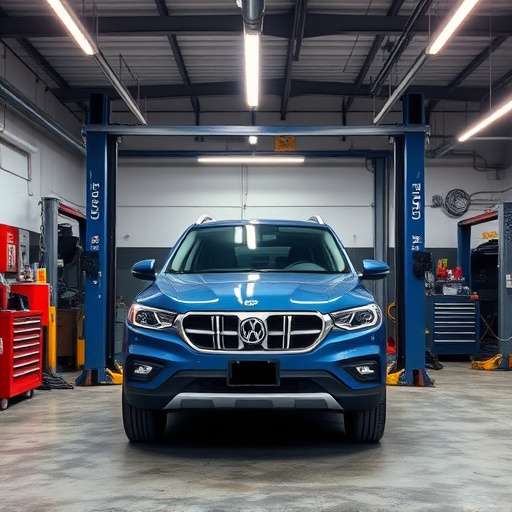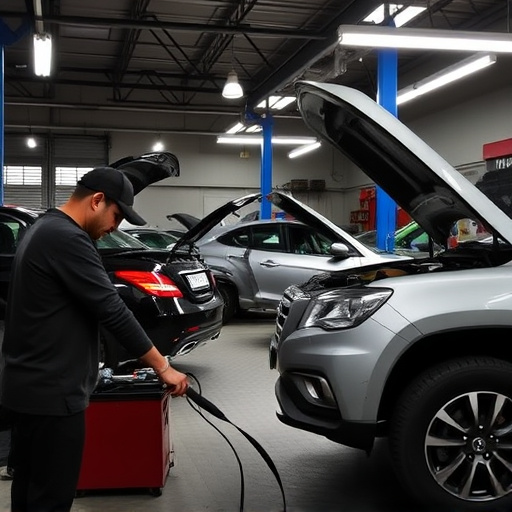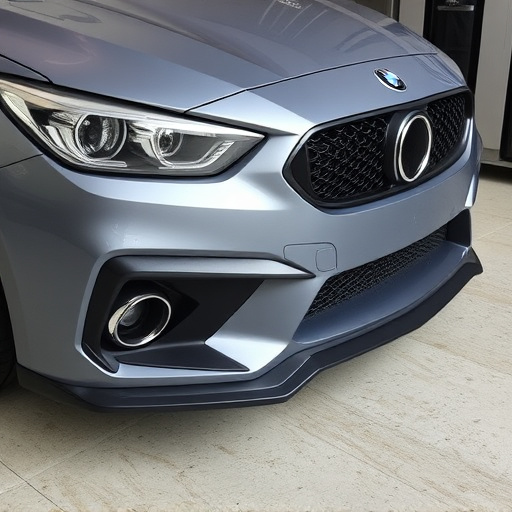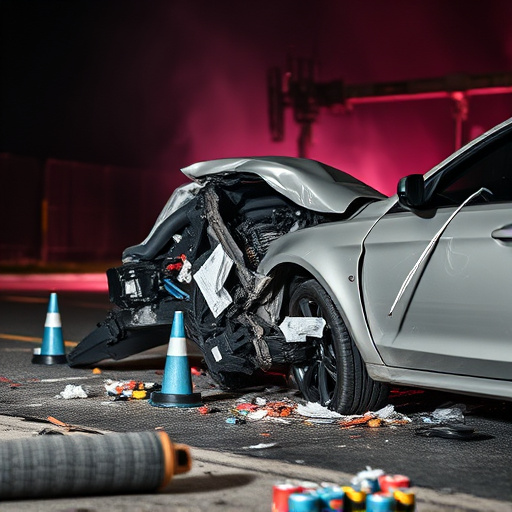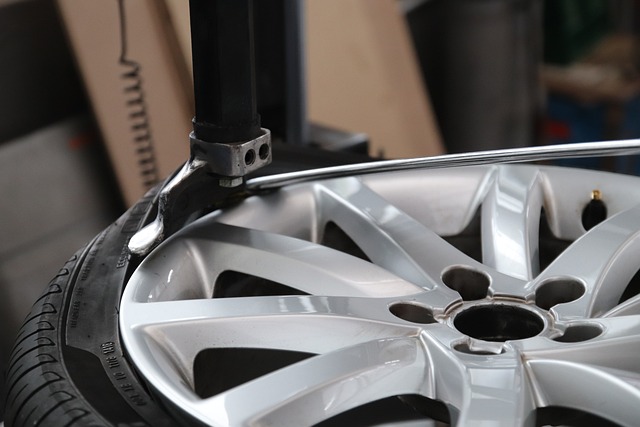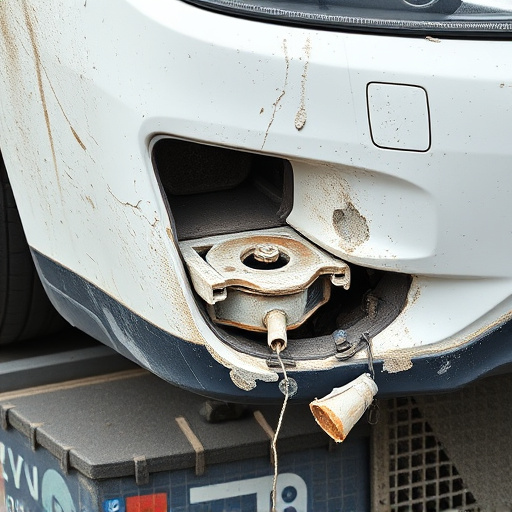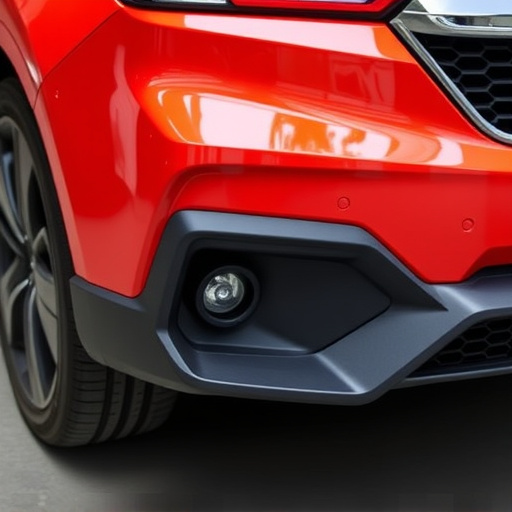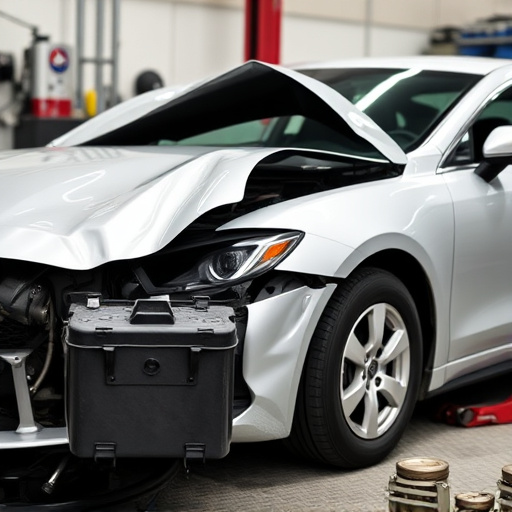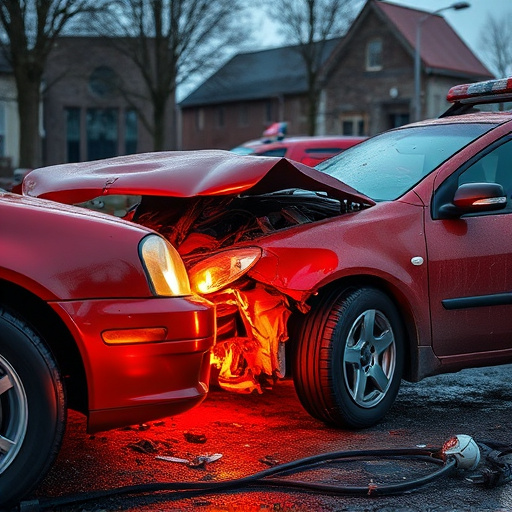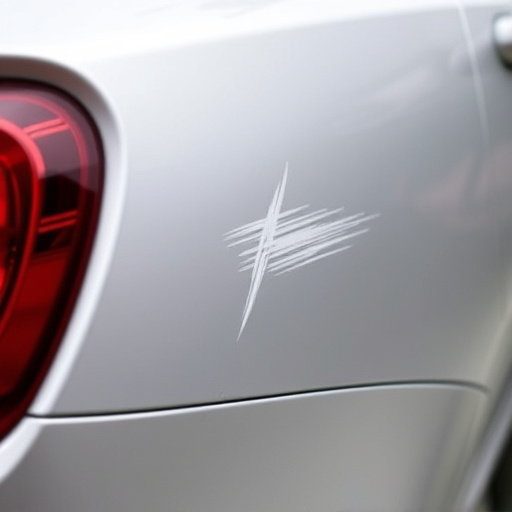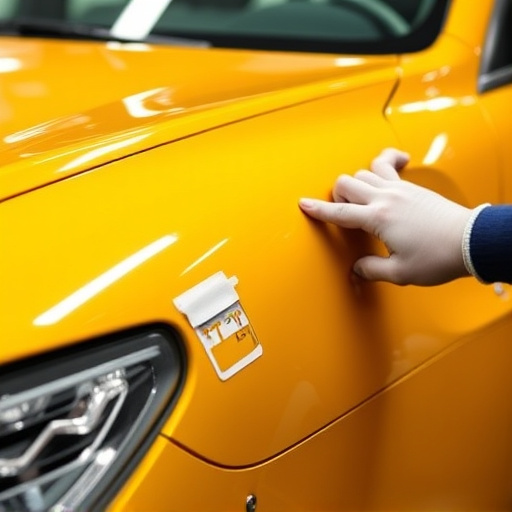Vehicle dent fixing involves understanding diverse dent types—impact, compression, bent panels—requiring tailored techniques. Traditional methods, mastered by technicians, use manual tools like hammers and clamps for complex dents, ensuring structural integrity and aesthetic appeal. Modern innovations include laser technology and digital imaging/CAD systems, offering quicker, precise repairs with minimal paintwork, an eco-friendly approach ideal for smaller dents.
Vehicle dent fixing is an art that requires precision and knowledge. Whether it’s a minor scratch or a significant impact, understanding different types of dents is key to effective repair. This article delves into the world of vehicle dent fixing, exploring traditional methods and modern techniques that ensure efficient, high-quality results. By understanding these processes, you’ll be equipped with valuable insights for maintaining your car’s appearance.
- Understanding Different Types of Vehicle Dents
- Traditional Dent Repair Methods Explained
- Modern Techniques for Efficient Dent Fixing
Understanding Different Types of Vehicle Dents
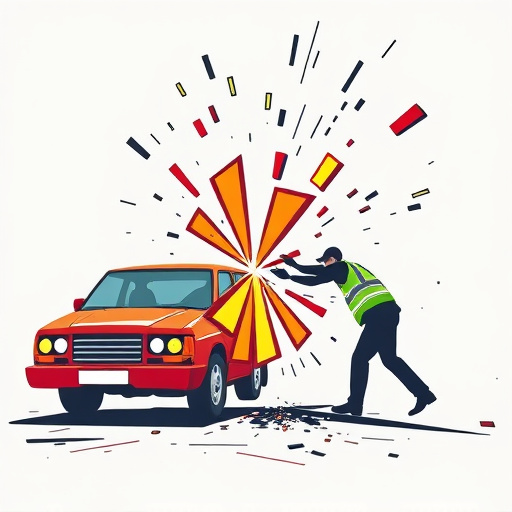
Vehicle dent fixing is a specialized skill that requires understanding various types of dents. Dents can range from shallow scratches and minor indentations to deep, complex damage. Identifying the type of dent is crucial for selecting the most effective vehicle dent fixing technique. For instance, while some techniques excel at addressing small, surface-level dents, others are better suited for more severe, structural damages.
Knowing the difference between impact dents, compression dents, and bent panels helps in choosing the right approach. Impact dents, caused by a sudden force, often require professional tools like hammering or specialized equipment to pop out the dent. Compression dents, on the other hand, result from gradual pressure and might be addressed through methods such as paintless dent repair (PDR). Bent panels, which involve structural deformities, necessitate precise measurements and expert auto repair services or automotive repair services for accurate restoration.
Traditional Dent Repair Methods Explained

Traditional dent repair methods involve manual techniques that have been used for decades. The process often begins with assessing the damage and determining the best course of action. Skilled technicians use specialized tools to gently pry out and reshape the affected panel, returning it to its original form. This hands-on approach requires precision and expertise, making it ideal for complex dents that might be difficult for automated systems to address.
These conventional methods are often preferred for their versatility and ability to handle various vehicle body types. Auto body repair specialists use techniques like hammering, clamping, and blending to fix car scratch repairs and other minor dents. By carefully manipulating the metal, they can create a seamless finish that matches the vehicle’s original bodywork, ensuring both aesthetic appeal and structural integrity.
Modern Techniques for Efficient Dent Fixing

In recent years, the landscape of vehicle dent fixing has undergone a remarkable transformation with modern techniques that offer faster, more efficient, and sometimes even eco-friendly solutions. One of the game-changers is the introduction of advanced laser technology, which allows for precise and minimally invasive repairs. This method is particularly effective for smaller dents and scratches, as it can restore the car’s original finish without the need for extensive auto painting or sandblasting.
Additionally, the integration of digital imaging and computer-aided design (CAD) systems has revolutionized collision repair shop processes. These tools enable technicians to visualize and accurately measure damage, ensuring precise repairs. This digital approach not only streamlines car repair services but also reduces material waste, making it an environmentally conscious option for those seeking top-notch vehicle dent fixing.
In conclusion, choosing the right vehicle dent fixing technique is crucial for achieving flawless results. By understanding different dent types and leveraging modern advancements, you can efficiently restore your car’s appearance. Whether opting for traditional methods or embracing innovative techniques, each approach offers unique benefits tailored to specific needs. Incorporating these strategies into your automotive care regimen enables you to maintain a sleek and pristine vehicle exterior.
